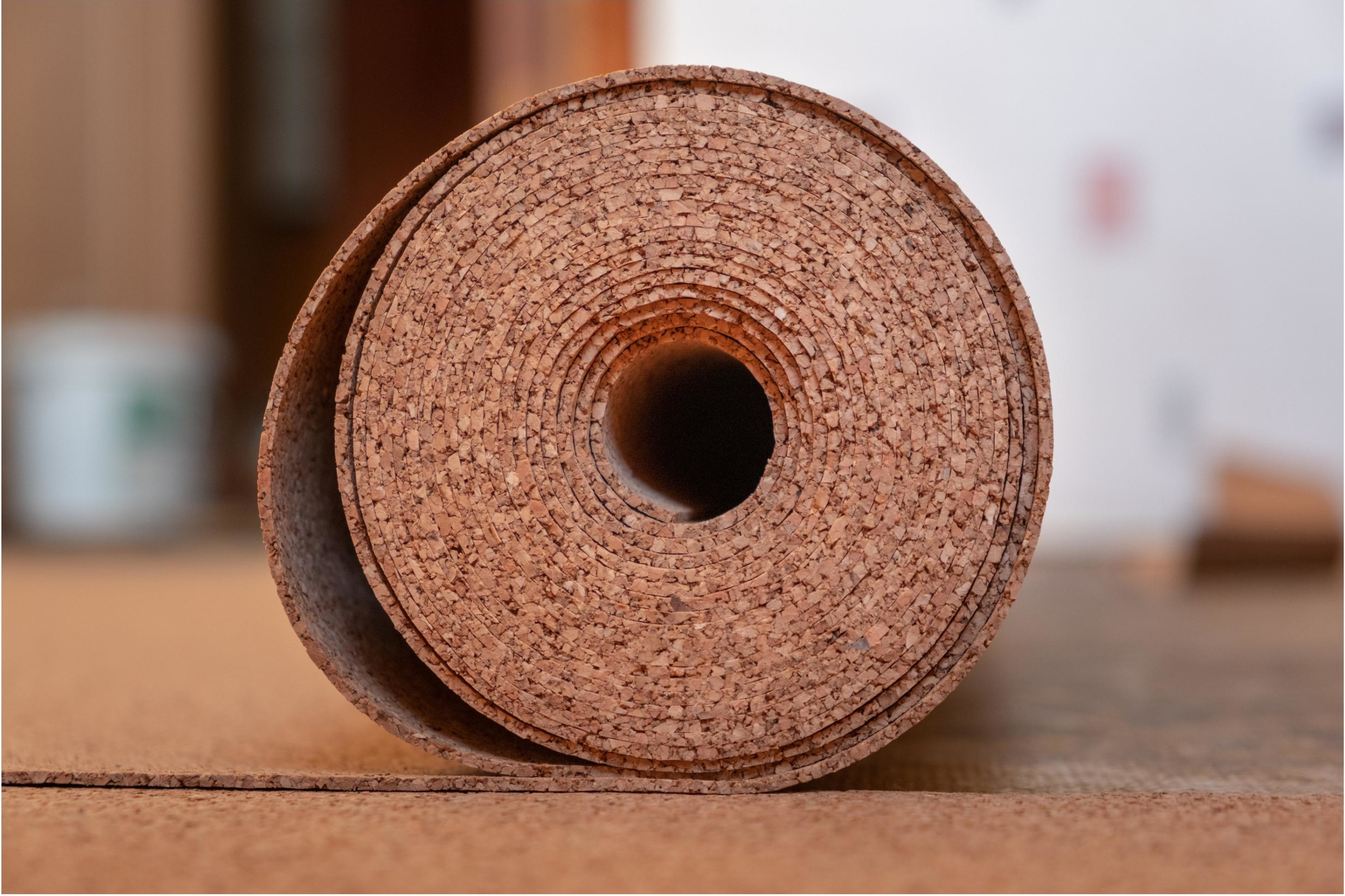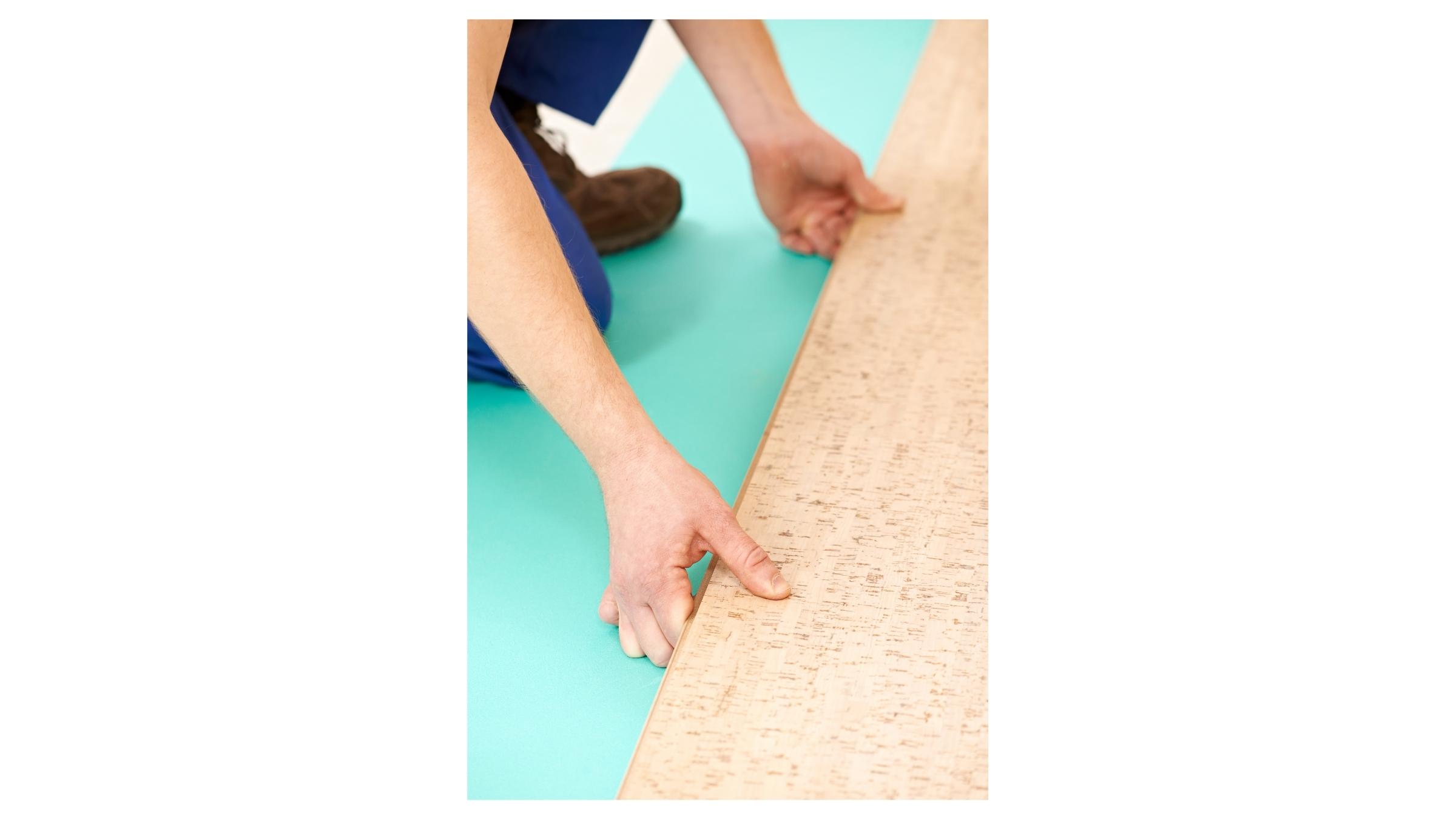Choose natural cork for your home
Morphological structure of natural cork
Natural cork is a material obtained from the bark of the cork oak tree (Quercus suber). It is a unique material that is used for many purposes, including wine corks, cork flooring, insulation and much more. Below I present the morphological and internal structure of natural cork:

Cork sheets in your home
Cork sheets are a material made of natural cork, which is unique due to its insulating, acoustic and thermal properties. They are increasingly used in various applications inside homes due to their durability and comfort of use. Here are some uses for cork boards at home:
Cork flooring: cork sheets can be used as flooring material. Cork floors are soft, flexible and warm to the touch. They provide excellent thermal and acoustic insulation, which makes them an excellent choice for bedrooms, living rooms and children's rooms. They are also resistant to mold and fungi.
Cork walls: cork sheets can be used as a wall finishing material. Cork on walls can help improve the soundproofing of rooms, as well as add character and aesthetics.
Cork on the ceiling: cork can also be used on the ceiling, both in the form of boards and as cork coffers. This is an unusual but effective way to improve the sound insulation in a room and give it a warm look.
